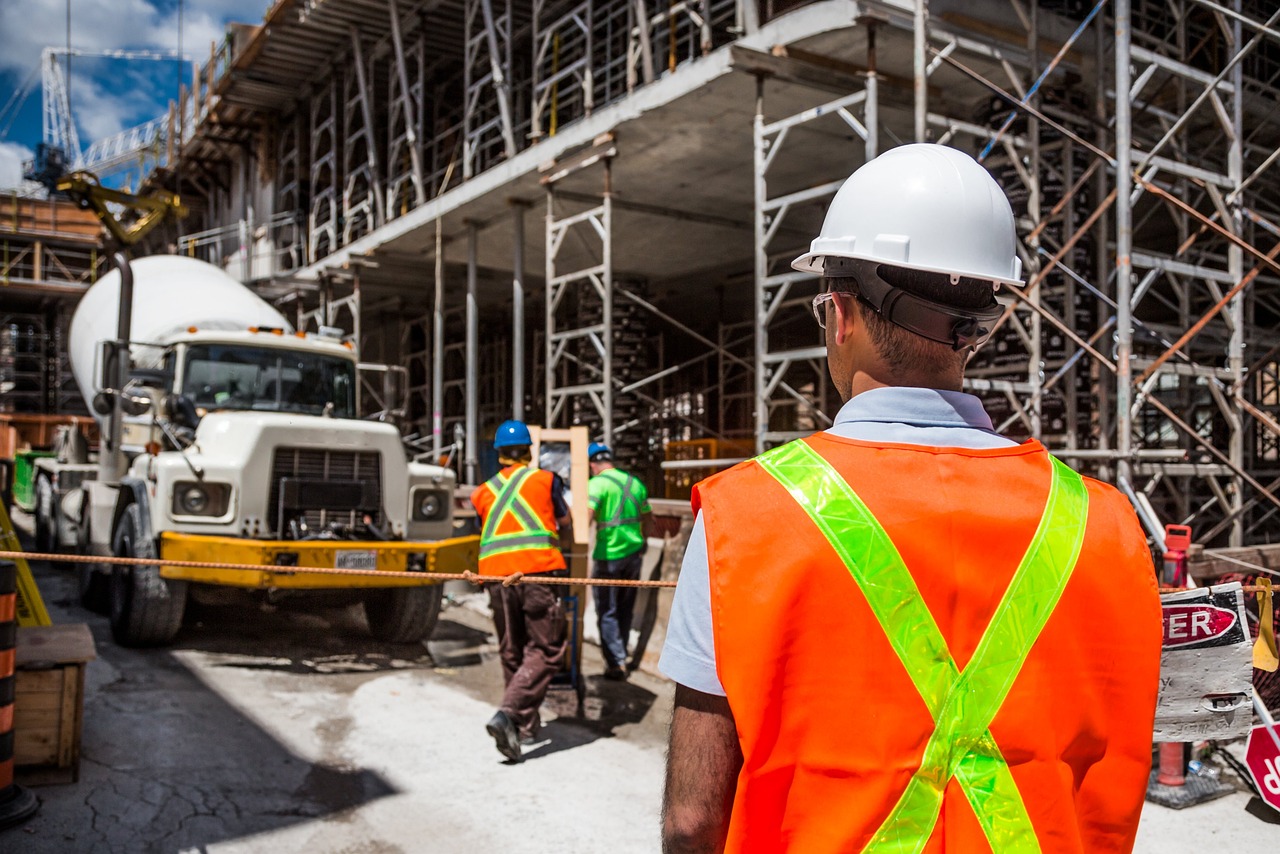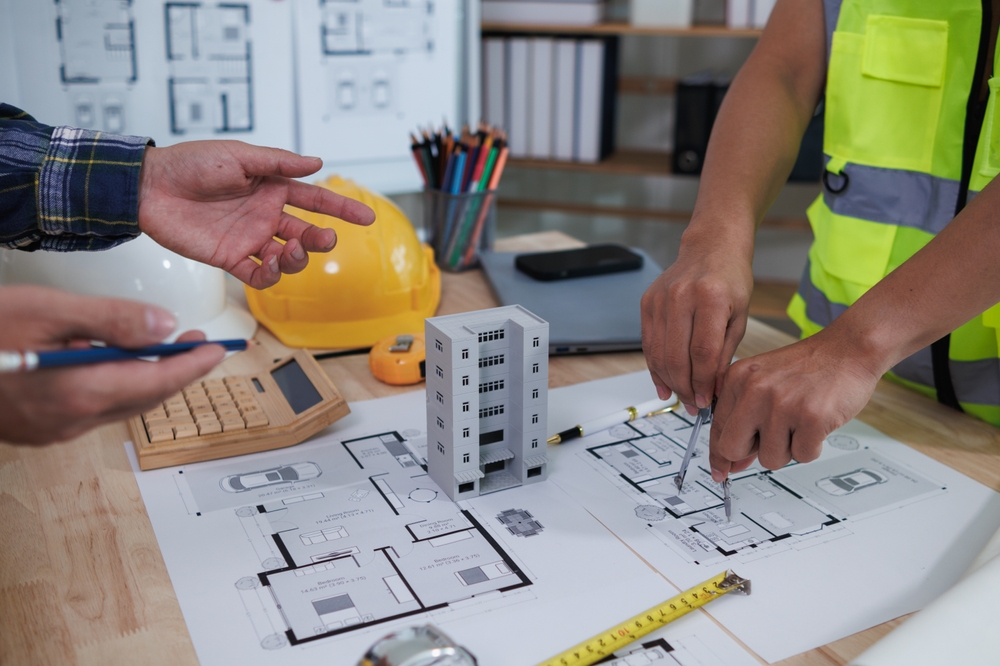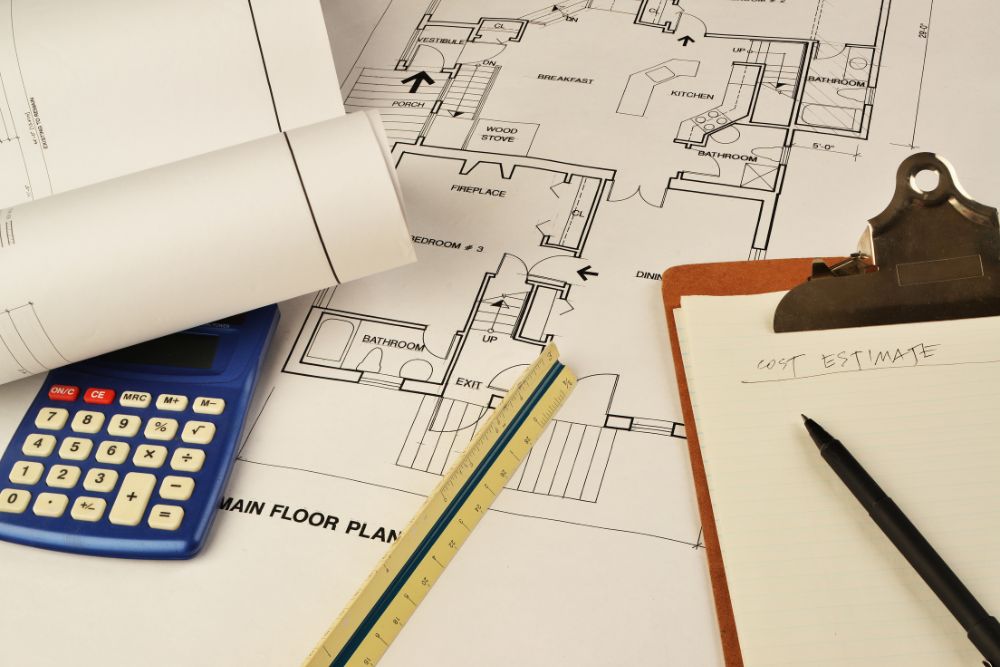The long process of lumber preparation before usage is crucial for strong, reliable, and durable wood. Fresh wood cannot be used immediately because it contains high moisture and is unstable. Without proper preparation, it can warp, crack, or shrink over time, resulting in problems with your projects.
To make lumber ready, it must go through several steps, including drying, flattening, and treating. Each step ensures the wood is safe, stable, and of high quality. Understanding this process helps woodworkers prevent mistakes and create better results.
In this article, we will also share tips, tricks, and practical advice for working with fresh-cut, rough-cut, finished, and pallet wood, making your woodworking easier and more precise.
How to Prepare Fresh-Cut Lumber
Fresh-cut lumber, also known as green lumber, is not yet ready for use. The long process of lumber preparation before usage is needed because it has high moisture. Using it right away can make it warp, crack, or shrink. It may work for outdoor projects, such as decks or barns, but indoor furniture and cabinets require proper drying to remain strong and stable.
1. Saw the Tree into Boards
If you don’t have a sawmill, hire a sawyer with a portable mill. They will cut logs into boards lengthwise, making them easier to handle and speeding up the drying process. This also helps prevent uneven drying and warping.
2. Stack with Stickers
Stack boards with thin spacers called stickers between each layer. This allows air to flow around the wood, helping it dry evenly. Use straps or weights to keep the stack flat and avoid warping.
3. Seal the Ends
Seal the ends of the boards with latex paint, wax, or wood sealer. Since the ends dry faster than the rest of the board, sealing helps prevent cracks and maintains the lumber’s stability.
4. Air-Dry the Lumber
Let the wood air-dry in a dry, shaded, and ventilated area. Protect it from rain while allowing for enough airflow. Depending on the type of wood, its thickness, and the local climate, drying can take anywhere from one to several years.
5. Check the Moisture Content
Use a moisture meter to determine if the wood is dry enough. Lumber is ready for woodworking when its moisture content matches the normal humidity of your region.
6. Final Tip
Drying lumber takes patience, but it is worth the effort. Properly prepared wood is strong, stable, and perfect for all woodworking projects.
How to Prepare Rough-Cut Lumber
Rough-cut lumber is part of the long process of lumber preparation before usage. It is cut into planks but not smoothed or finished. Woodworkers like it because they can finish it themselves. However, tools such as a saw, jointer, and planer are necessary for proper preparation.
1. Measure Moisture Content
Use a moisture meter to ensure the wood has the correct MC for your area. If the board is very rough, use a pin meter, as pinless meters need smoother surfaces. Select boards near the correct MC to prevent future warping or cracking.
2. Remove End Cracks
Look for small cracks at the ends of the boards, called end checks. Trim them off, because if left, they can grow and ruin the board.
3. Flatten One Side and One Edge
Use a jointer to flatten one face and one edge of the board. This provides a smooth reference surface and a straight edge for later cuts.
4. Smooth the Opposite Side
Run the opposite face through a planer to reach the desired thickness. This also ensures both sides are parallel.
5. Cut the Other Edge Straight
Cut the opposite edge with a table saw so it is parallel with the straight edge created earlier.
6. Square the Board Ends
Use a miter saw to square the ends of the board. This gives clean 90-degree angles and ready-to-use edges.
7. Finished Board
By preparing rough-cut lumber yourself, you obtain flat, square boards and have control over the quality. Additionally, it saves money and ensures your project will turn out well.
How to Prepare Finished Lumber
Finished lumber is ready to use in the long process of lumber preparation before usage. The boards are already dried, planed, and cut to standard sizes. You can buy them at any home improvement store. When using finished lumber, focus on choosing the right size, grade, and appearance. Since it is more expensive than rough-cut wood, buy only what you need.
- A-grade and B-grade: Smooth boards with a good-looking grain, ideal for furniture or projects where appearance is a priority.
- C-grade: Cheaper boards, suitable for framing or projects where looks don’t matter.
Even though finished lumber is usually stable, it’s a good idea to check the moisture content (MC) with a moisture meter. Ensure it matches your area’s typical humidity level. This prevents warping, cracking, or other problems later.
How to Prepare Pallet Wood
Using pallet wood is a fun way to recycle and create DIY projects. Pallets are often available for free or at a low cost, and with a bit of preparation, the wood can be transformed into furniture, shelves, or decorative items.
1. Take the Pallet Apart
First, carefully take the pallet apart. Always wear safety glasses, gloves, and a mask to protect yourself. You can use a hammer or a pry bar to separate the boards. A crosscut saw can help if needed.
2. Remove Nails and Clean the Wood
Next, remove all nails and staples using a hammer or pliers. Then clean the boards to remove dirt, dust, and debris.
3. Flatten and Smooth the Boards
Next, choose how smooth you want the wood to be. For precise boards, use a jointer, planer, and saw, as with rough-cut lumber. For a rustic look, just sand the boards.
- Use sandpaper made from materials like aluminum oxide or silicon carbide.
- Sand along the grain on both faces and edges to remove splinters.
4. Finish the Wood
Finally, apply a finish depending on your project:
- Oil or wax for a natural look.
- Stain or paint for color.
- Weatherproofing for outdoor projects.
Every Step Matters In The Long Process Of Lumber Preparation Before Usage
Good woodworking begins with prepared lumber. Preparing your wood makes every project easier and more effective.
- Safety: Proper drying and grading make sure the wood is strong enough for construction.
- Stability: Matching moisture content (MC) to the environment prevents warping, shrinking, and gaps.
- Durability: Correct treatment keeps wood safe and long-lasting, especially outdoors.
- Better Use of Wood: Smart sawing, edging, and grading get the most usable lumber from each log.
- Avoid Problems Later: Skipping steps can cause issues during your project, making preparation worth the time.
Lumber Preparation Tips for Buyers and DIYers
To get the best results from any woodworking project, it’s essential to choose and prepare your lumber carefully.
- Select the Right Wood: Opt for rough-cut or finished lumber instead of fresh-cut, which can take a long time to dry.
- Check Moisture Content (MC): Use a moisture meter to avoid warping, cracking, or shrinking.
- Choose the Right Grade: Higher grades (A or B) for visible projects, lower grades (C) for hidden parts.
- Look at the Grain: Highlight lovely patterns and avoid defects. Decide which side will be most visible.
- Use Kiln-Dried or Treated Lumber: Kiln-dried lumber is suitable for indoor use, while treated wood is recommended for outdoor or ground-contact applications.
- Buy Extra Wood: Allow for approximately 20% more than needed to account for mistakes or future projects.
- Store Properly: Keep wood dry, elevated, and safe from moisture.
FAQs
How Long Should Lumber Dry Before Building?
Lumber should dry until it reaches the moisture content (MC) of your local environment. Typically, air-dried wood takes 6 to 12 months to dry. However, kiln-dried lumber dries faster, often in just a few weeks, and can be used immediately.
How Soon Can You Build With Fresh-Cut Lumber?
Fresh-cut lumber contains a lot of moisture. Therefore, you should not build immediately. Instead, wait until it dries to the correct MC. For some outdoor projects, it can be used sooner, but indoor furniture or cabinets require thoroughly dried wood to avoid warping or cracking.
What Is The Difference Between Timber And Lumber?
Timber refers to unprocessed or partially processed wood, often still in log form. Meanwhile, lumber is sawn and processed wood ready for construction. In other words, timber becomes lumber after it is cut, planed, and sometimes dried.
What Are The Three Basic Types Of Wood?
The three main types are softwood, hardwood, and engineered wood. Softwoods come from conifers, hardwoods from deciduous trees, and engineered wood is man-made, like plywood or MDF.
What Is The Strongest Type Of Wood?
The strongest wood depends on the measure used. For example, hickory, oak, and teak are very strong. Hickory has high hardness, oak resists bending, and teak withstands moisture and decay.
Conclusion
The long process of lumber preparation before usage ensures strong, stable, and reliable wood for any project. First, drying and grading the lumber prevents warping, cracking, or shrinking. Then, checking the moisture content and inspecting for defects, it ensures the wood is safe to use. Also, flattening and smoothing boards improves accuracy and saves time during construction. Whether using rough-cut, finished, fresh-cut, or pallet wood, proper preparation improves quality and durability.
To make your projects easier and more efficient, Prime Estimation provides expert lumber estimating services and accurate takeoffs. Contact Prime Estimation today and plan your project with confidence.













